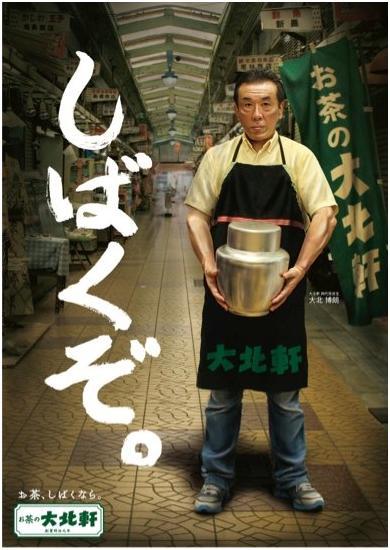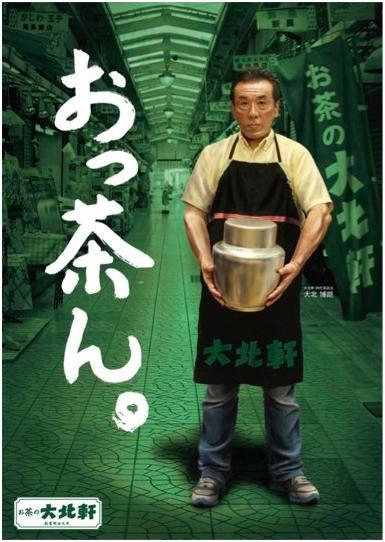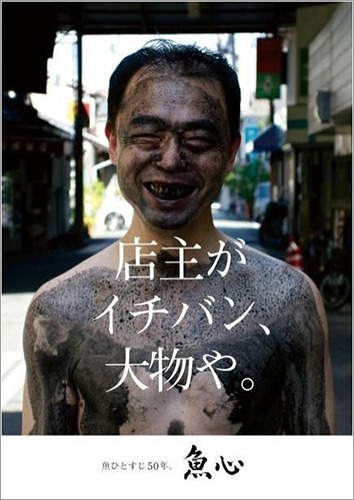It's been a while since our last KanKuri Newsletter. This time, we focus on the "Shopping District Poster Exhibition" project. This initiative involves young creators from our Kansai office conducting extensive interviews in shopping districts to design posters for individual stores, aiming to revitalize the local community. The first installment was held at Shinsekai Market (Naniwa Ward, Osaka City), the second at Bunno-sato Shopping District (Abeno Ward, Osaka City), and the third is currently underway in the Itami Nishidai area (Itami City, Hyogo Prefecture). It has garnered attention, being broadcast not only on Kansai TV stations but also nationwide, and featured in various media outlets.
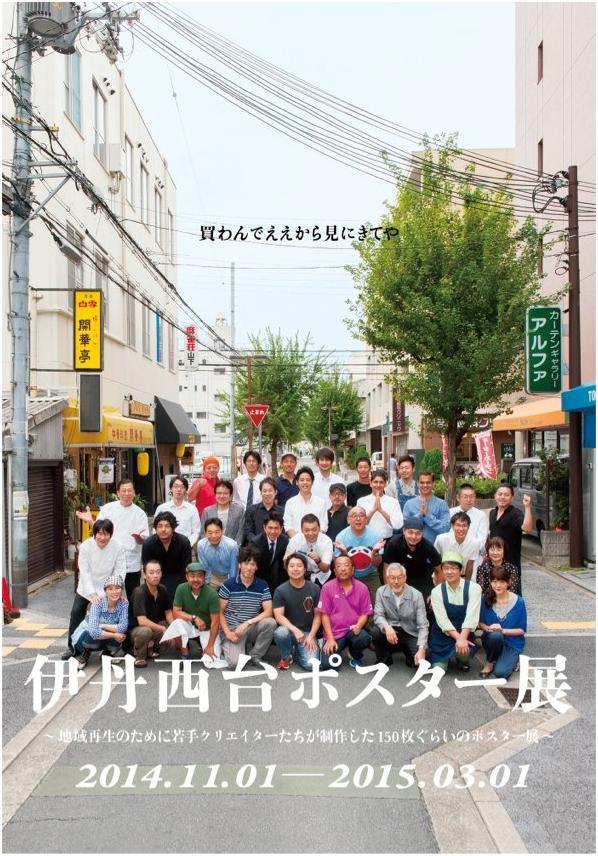
The Origin
The project's origin stems from my personal involvement in revitalizing a shopping district. I was organizing an event called "Self Festival" with friends, where we filled the entire shopping district with absurd and bizarre artworks and performances. During that time, I thought, "Wouldn't creating posters for each shop benefit them?" and "Wouldn't having young creatives make the posters be a learning experience for them?" That was the spark. This led to the creation of the 'Shopping District Poster Exhibition,' a unique training program developed by Dentsu Inc. Kansai branch. In this program, pairs of copywriters (C) and art directors (AD) collaborate to create posters for each store in the shopping district. I've written about and lectured on this initiative in various places, but I never had a chance to hear directly from the participants. So this time, I gathered the participants for a roundtable discussion. What did the people involved actually think? Please take a look at the creators' voices and their work. (Keita Kusaka)
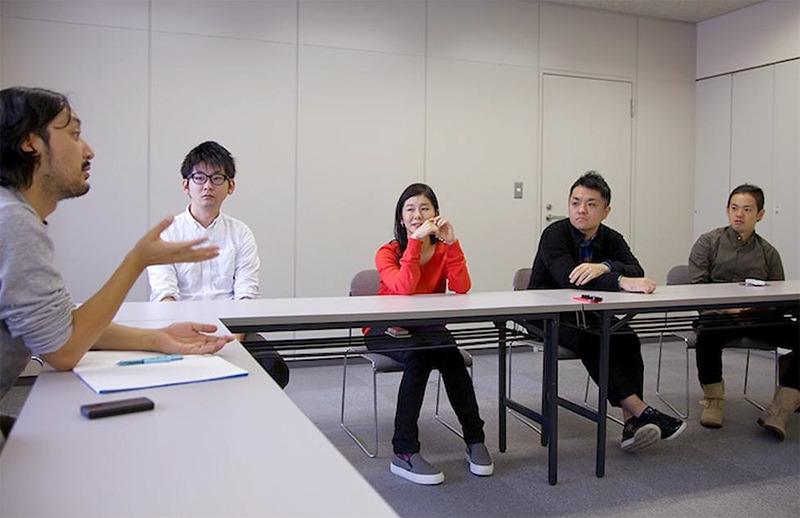
When first approached
Kusaka: What did you think when you were first approached?
Matsushita: Wow, I thought it sounded kind of like a hassle. That said, since my daily graphic design workload had been light, the chance to make posters was actually pretty appealing. I figured if it was a place where I could do what I wanted, it might be fun.
Takigami: I also initially thought, "Man, they asked me to do something that sounds like a hassle." But I was still a new AD, and I'd never made a B2-sized poster before, so the feeling of wanting to try it was stronger. Actually doing it, getting my hands dirty, felt fresh. It was fun, and I'm glad I participated. Well, that's something you can only say looking back now.
C: Yasushi Matsushita AD: Yoichi Takigami P: Yoichi Takigami
Matsushita: Takigami, you didn't look like you were having any fun at all when we were working together, did you? (laughs)
Nakao: I had this image that this kind of work just takes up all the AD's time. Like, doesn't the AD have to do the work so the copywriter can make the copy they want? So I decided from the start: I'm only doing what I want to do, no matter what!
Kobori: I thought it was great that I could create interesting posters and always end up with something tangible. The freedom to think freely is the same as in open-call contests, but in those contests, no matter how interesting your work is, if you don't win, it never sees the light of day.
Differences from regular work
Kusaka: Where did you feel the difference from your regular work?
| |
 |
Matsushita: Everything, absolutely everything, is free. Which is incredibly tough. You have to plan everything from scratch, right from zero. Fundamentally, the poster exhibition requires us to complete work that we'd normally outsource to a production company, just with our in-house copywriter and AD. So, if you rely solely on the AD's technical skills, there are limits to what you can actually create. There's variation in skill levels between ADs – some can do compositing, others can't. If the AD you're paired with says, "I can't do this," or "I can't do that," then you have to come up with a concept that works interestingly within the skills they actually possess. So, who you end up working with really changes your fate.
Nakao: Normally, for presentations, we have to create a comp (a sample of the finished look) first to get the concept approved, right? So, if a project can't be comped, we can't even propose it in the first place. Sometimes, even if we think, "It would be great if we could do this," we have to give up on the proposal. But with this, there's no presentation until we deliver it to the shop owner. That's why it's great – we can take on projects where we won't know how they'll actually turn out until we try making them.
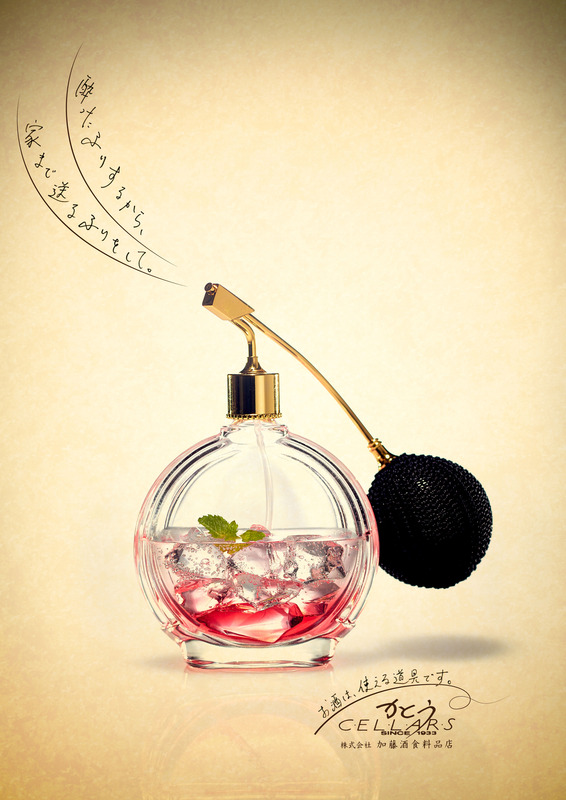
|

|
C: Yuki Yamaguchi AD: Kana Nakao P: Keisuke Nishitani
|
C: Yuki Yamaguchi AD: Kana Nakao
|
| |
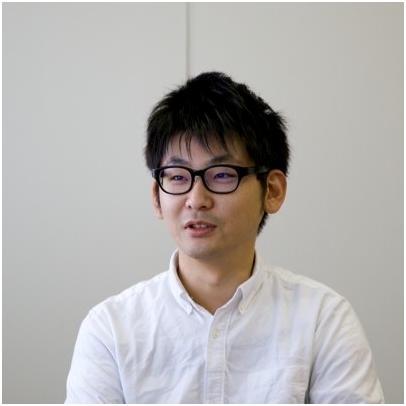 |
Kobori: Since we're pairs who team up by mutual agreement, when just the two of us brainstorm, our vibe gets weird and we start running wild. Unlike regular work, there's no one to say, "Hey, that's not right," or "You're going too far."
For better or worse, the responsibility of having to think and decide everything just the two of us is heavy, right? That's exactly why the moment we go to hand the finished product to the shop owner is super nerve-wracking. Will they get mad...? Will they like it...? Did we go too far...? With public contests, only the winning entries get released to the world, but with this, even if we mess up, it gets published anyway and exposed alongside all the other interesting works. That's scary.
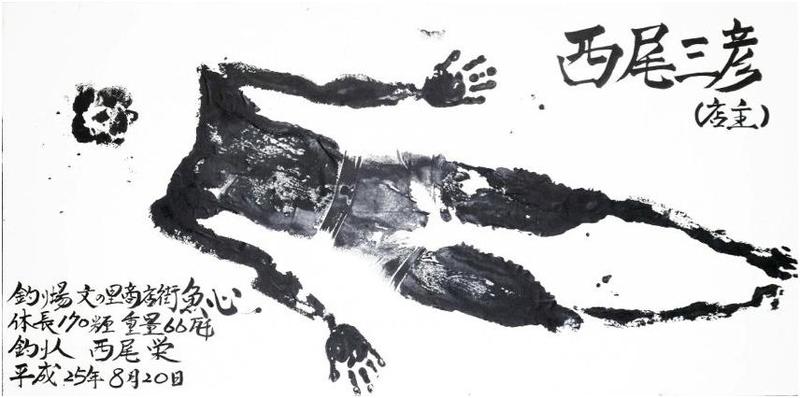
C: Tomoki Kobori AD: Kyohei Myoga Text: Meimi Shimasaka
Nakao: I get it! I'm scared people who see the poster will think, "Is this all Nakao's skills amount to?" and be disappointed. Even if I think, "This is good enough!" the public reaction can be totally different sometimes. It's really nerve-wracking.
Takigami: Seeing reactions at poster exhibitions, you realize how completely different responses are between everyday people and those in the industry, even looking at the same poster. Unexpected parts become talking points. Like, "Oh, that part?" gets reactions. Things that seem like they'd win advertising awards often get surprisingly bad reactions from the public.
Kusaka: Regular folks don't read the taglines, do they?
Matsushita: It's not that they don't read the tagline. The poster exhibition's target audience is mostly elderly, right? It's not that they don't read it; they just can't read small text. They don't read small print. So we made sure to keep all the text large. Also, being visually clear and fun is important. Stuff that's instantly funny without needing to think. That means posters that aren't too clever, maybe even a bit shallow, are probably better. Not everyone is like us in the ad industry, ready to say "Let's look!" and dive in.
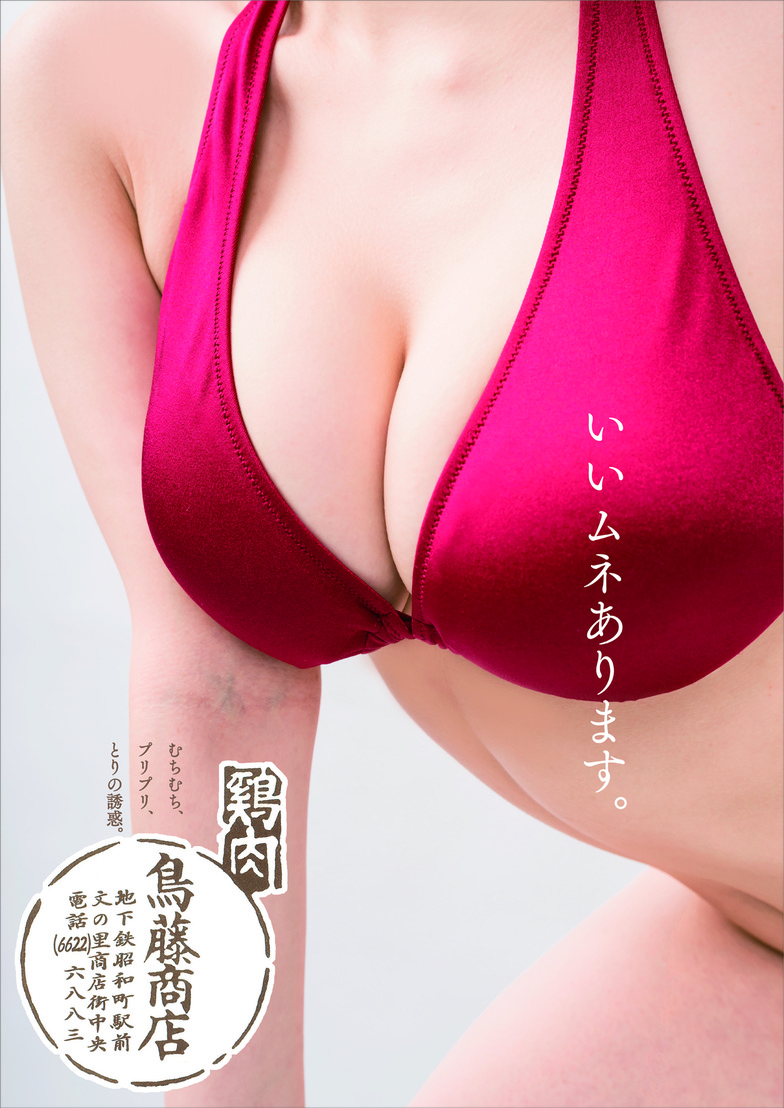
C: Fujiwara Otome AD: Karasuno Ryoichi P: Shimane Masamichi Model: Shinra Etsuko

C: Yukari Ueno AD: Saki Nishio P: Saki Nishio
( Continued in Part 2 )








